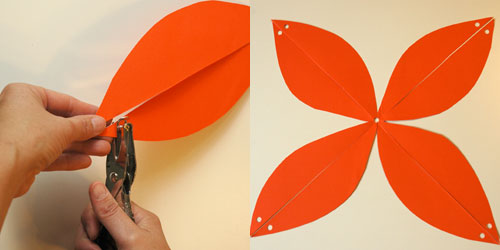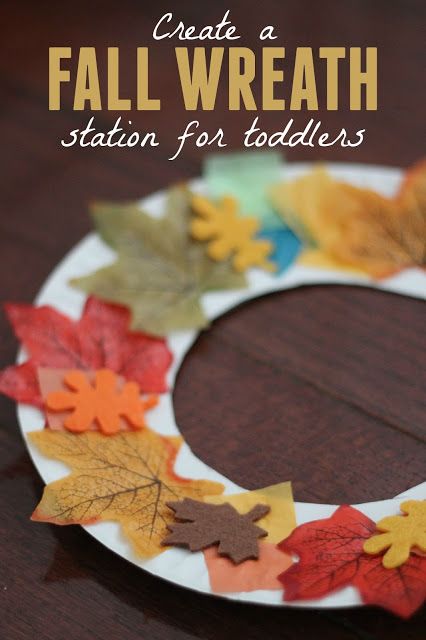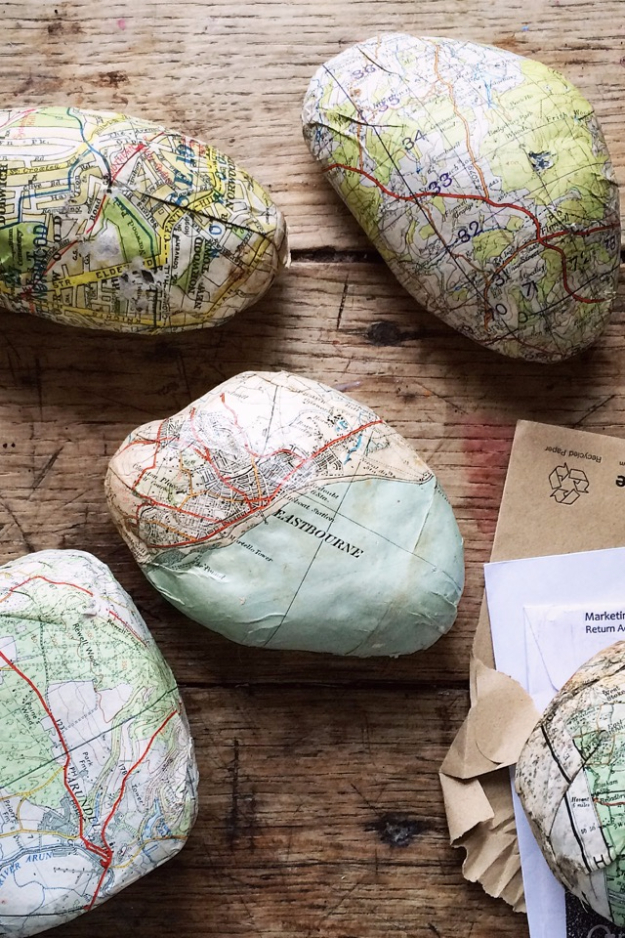
There are many methods to knit an icord. The technique for knitting an i-cord depends on the number of stitches you want to create. Maximum number of stitches allowed is five. You should pull the yarn before casting stitches to create high tension. The working yarn should be at the back of the work in this instance.
Apply stitches
Use a double pointed needle to cast the desired number and length of stitches for your i-cord. If the icord is longer than the original project, cast on the desired number of stitches using a double-pointed needle. The working yarn should be knitted across all stitches.
Casting stitches is an important part in knitting an icord. It provides a firm edge to the project's base. It can help make the first row of a project look finished. Cast on 3 stitches. Slip them to the left and knit the second two.

Picking up stitches
You must place the working knitting yarn on the right-hand side of the needle before you can begin to knit an i cord. The next step is to slip the working yarn through a loop on the needle, just as you would when knitting a stitch. Continue this process until you have reached the desired length. Finish the job by binding it normally once you have reached the desired length. It may be necessary to glue the ends together if the icord is very long.
Next, insert your needle into the i-cord with its point closest towards the stitch you have just cast. You should ensure that your i-cord is at the edge of the material. To start the icord, you can use the tail of your cast-on stitches. However, it is better to use yarn that ends at opposite end of needle.
Stitches
Casting stitches to make an i-cord is easy. Simply transfer the last three stitch from your right hand to your left-hand needle. Next, you will need to knit the front and back loops for these three stitches. You can now work the edge.
When knitting an i-cord, you should use double-pointed needles to knit the edges. These allow you work the stitches quicker. Then, move the stitches from the right needle to your left.

Hide yarn tail inside i-cord
To hide yarn tails in i-cord knitting the knitter should first start a new row by inserting the tip the right needle into the stitch. Then wrap the yarn around and pull the yarn through your work. Slide all stitches to one end of your needle. It is now ready to knit once the needle is in its correct spot. See a video demonstration of the technique here.
Use double-pointed knitting needles to cast the i-cord. Once you have cast on the desired number of stitches, do a provisional casting on with a scrap yarn and join it to a Kitchener stitch. After you've placed the working yarn, begin to knit all stitches. Do not turn your knitting; pull the yarn out from the tip of your needle.
FAQ
What are the most popular hobbies right now?
Popularity isn't always a good thing. It is often used as an excuse for mediocrity. It is a fact that most people don't have enough time to pursue hobbies they enjoy. They are always too busy to earn a living. So what should you do if you don't have much free time? You could open a business.
But it's not an easy task. It takes a lot of work to make your dream a reality.
Consider pursuing a hobby if your goal is to have something more fun than running a company.
Hobbies can be more than just creative pursuits. There are many hobbies. These include:
-
Gardening
-
Cooking
-
Photography
-
Reading
How can I find a hobby for myself?
You may feel overwhelmed when you start your quest to find a hobby.
You're probably thinking, "I'm not very artistic," or "I'm terrible at sports," or maybe even "I don't know anything."
There is a good chance that you have some experience with hobbies.
It's simply that you haven’t yet realized it.
Take a good look at what you have in your house. What amount of stuff do you have?
Do you have any old toys lying around?
You might have a collection.
Maybe you've always wanted to learn how to cook.
Perhaps you just want to pick up the guitar again.
Whatever it is, there's likely something you can turn into a hobby.
The key is to see that you already have many experience to draw upon.
Once you have done that, you will be able choose a hobby that suits your lifestyle.
What kinds of hobbies are appropriate for introverts.
Introverts have the ability to focus on one thing at a time. They prefer solitude, such as reading, writing music, or watching movies.
They also like to be alone. They do not like to socialize all day. They can even become bored when they're surrounded by people.
Introverts will often choose hobbies that require them alone. Introverts may love reading books, listening and/or playing music, or painting, drawing, writing poetry and taking photographs.
Some introverts prefer to live alone. This allows them to concentrate on their hobby and not be distracted.
Statistics
- This 100% accurate personality-analyzing hobby quiz discovers your passion based on your characteristics. (quizexpo.com)
- Studies show that just six minutes of reading can reduce stress levels by 60 percent. (oberlo.com)
- 37% Video Games 36% Travel 36% Health and Fitness (quizexpo.com)
- The intensity of the dialogue partners' bond at the end of the forty-five-minute vulnerability interaction was rated as closer than the closest relationship in the lives of 30 percent of similar students. (time.com)
- I am 100% biologically a woman (discover.hubpages.com)
External Links
How To
How to begin gardening
Gardening has been around since the dawn of agriculture. It requires patience, persistence and determination. The first step in starting your own garden is choosing a location where you want to grow food. You can choose to have a large area or a small one in your backyard. Next, you will need to decide which type of plants are best for you. Do you prefer flowers or vegetables? Some people enjoy growing herbs and others prefer raising livestock like rabbits. Before you decide what crops to plant, you should think about how much space is available. If you live in a climate that experiences cold winters, then you might decide to grow fruits or berries as they do well in colder climates.
After you have decided what you want to plant, it is important that you prepare the soil. Your plants' success or failure will depend on the soil they are placed in. The soil should be rich in organic matter to provide nutrients for your plants' roots. Organic matter can include leaves, twigs and grass clippings as well as manure and compost. Once you have prepared your soil, you need to add nutrients. You will need different amounts of nutrients depending on which type of plants are being grown. You can calculate these values online with a fertilizer calculator. There are many fertilizers available so be sure to know what you are purchasing.
After you have prepared your soil, and added the correct nutrients, you will need to wait until your seed germinates. The process can take between 2 and 3 months depending on how hot or cold it is in your region. After your seeds sprout, it is important to water them frequently. Overwatering your plants can lead to problems. Make sure to give your plants water at regular times and not overwater. Overwatering could lead to root rot as well as fungal diseases. Keep in mind that plants are more thirsty during summer than winter. Remember that some plants require drying out after being watered. For tomatoes, it is important to keep them moist but dry. Soggy soil is not good for them. After plants finish flowering, they need to go dormant. Plants go dormant when they stop producing new growth and instead store energy for next year's harvest. The plant ceases sending signals to its roots to produce food during dormancy. Throughout this time, plants can store energy. If temperatures fall below freezing or the plants are not getting enough sunlight, they will die.
Living in urban areas may restrict the types of plants you can plant. Concrete sidewalks, roads or parking lots can block sunlight from reaching urban areas. Concrete absorbs light, preventing the soil underneath from getting adequate sun exposure. Because of this lack of sunlight, many plants cannot survive in cities. Fortunately, there are still many plants that can thrive in an urban environment. Many trees, shrubs, and perennials can adapt to city living. Many annuals can be grown indoors, too, in containers. You can have fresh greenery all year round with container gardens.
You're now ready to plant after you have chosen where and what to grow in your garden.